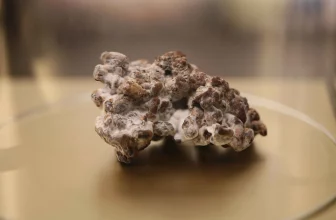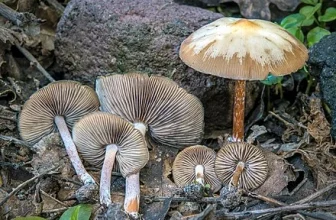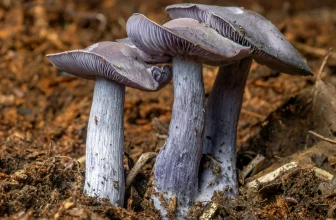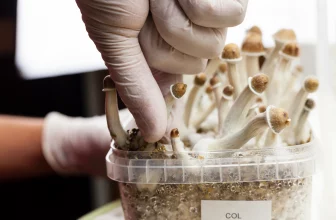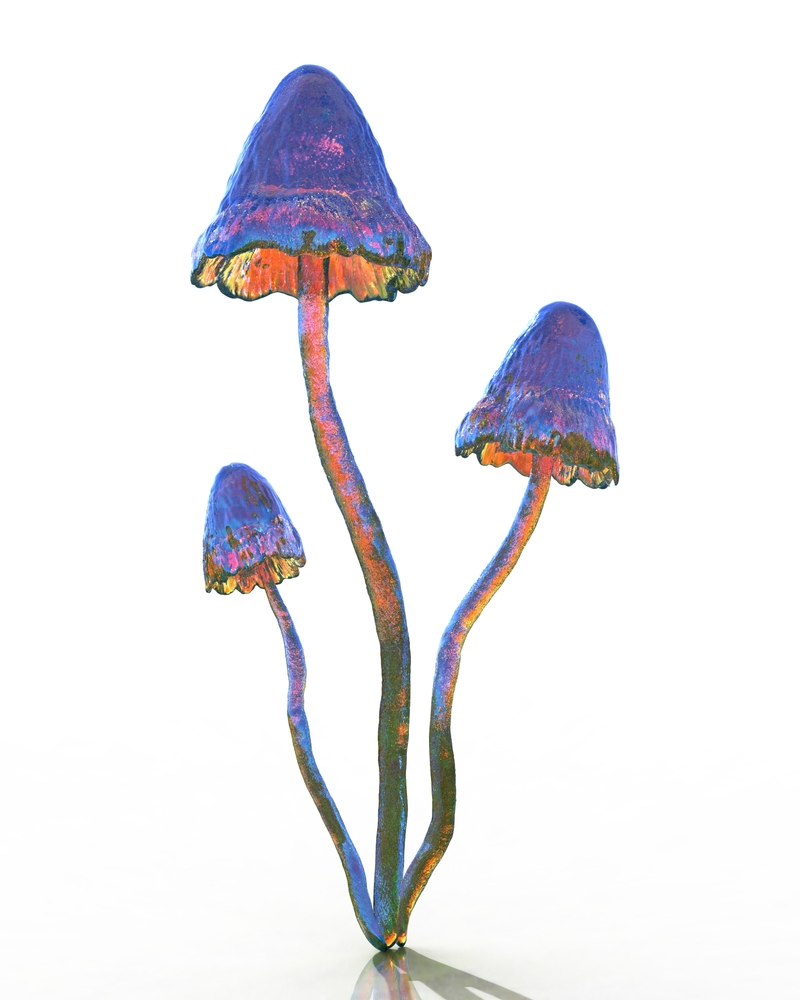
With more states and countries legalizing or decriminalizing magic mushrooms each year, interest in accurate information about them is increasing. There are plenty of myths, stories, and urban legends regarding mushrooms with psychedelic effects. However, not many of them are rooted in the truth about these fascinating fungi. Knowing the facts about varieties like Psilocybe azurescens will help you make informed choices about everything from sampling their psychoactive effects to potentially raising your own. Here’s what you should know about this lesser-known form of magic mushrooms.
What Are Psilocybe Azurescens?
Psilocybe azurescens are mushrooms, similar in many ways to those you buy at the store to cook with risotto for dinner. But the big difference between this mushroom and many others in the Psilocybe genus is that they can have psychedelic effects. When consumed, these mushrooms can cause a wide range of effects like visual and auditory hallucinations, changes in mood, laughing, and confusion. If you take them by accident, the effects can be disturbing rather than entertaining. Many people take these mushrooms for the same reasons they try any other magic mushrooms, which could be for fun or because some studies have found benefits for mental health issues like depression.
More common colloquial names for this type of mushroom include:
- Azzies
- Blue Angels
- Blue Screamers
- Flying Saucers
- Blue Runners
- Indigo Psilocybe
- Indigo Magic
As you can see, using common names for mushrooms can get confusing. If you’re looking for Psilocybe azurescens in particular, use the scientific binomial to be sure of what you’re getting. The blue theme that runs through both the common and official names for this mushroom references the fact that it turns blue when “bruised.” In mushroom parlance, that refers to anywhere the mushroom is bent, pinched, or otherwise damaged. This occurs in most psychoactive mushrooms and many other mushroom types that don’t create those effects, so it’s not automatically a sign you have this species on your hands.
Since this variety of magic mushrooms contains the same active ingredients as most others, it also produces similar effects. This mushroom contains mostly psilocybin but also a decent amount of psilocin. Both of these compounds trigger hallucinations and the other effects that psychedelic mushrooms are known for. However, Psilocybe azurescens isn’t for beginners because it’s often far more potent than other strains due to its high psilocybin content.
Native Range of the Psilocybe Azurescens
Psilocybe azurescens are sold around the world now due to cultivation, but they originate in the wild. Wild mushrooms of this species were first identified in Oregon, specifically around the start of the Columbia River. Now they’re believed to be found throughout the more humid parts of the U.S. West Coast, Germany, the Netherlands, and a few other limited parts of Europe. Other species may look like the Psilocybe azurescens, but if they’re not located in these parts of the mushroom’s native range, they’re likely another Psilocybe species often mistaken for them.
How Are They Identified?
This mushroom can look like other mushrooms that are unpleasant or downright toxic to consume, so have any mushrooms you find professionally identified. The basic information used for identifying this species includes:
- Odorless or faint grain-like scent
- Very bitter taste
- A hollow, whitish stem that may be mottled brown. It may have a ring on it but should not have a skirt on it of tattered material
- Gills are brown, attached to the stem, stain black if damaged, and have white edges
- Small caramel brown cap, starting out cone-shaped and then flattening out with a nipple-like center, with subtle vertical stripes known as striation
- Purple-brown or purple-black spores
- Bruises blue within seconds
Psilocybe Comparison: Azurescens vs. Cubensis
These two popular magic mushrooms look alike, with Psilocybe cubensis having a smoother cap with no striping and slightly thinner stems. The biggest differences are the effects caused by the mushroom. Tested samples of cubensis mushrooms tend to contain around 0.63% psilocybin as the total amount of fresh weight. In comparison, the azurescens samples contained 1.78% by weight of the same active ingredient. That’s nearly three times the active ingredient in the same amount of mushrooms. Even if you have experienced the effects of cubensis or other species before, you should take a smaller dose of these mushrooms since their effects can easily become overwhelming.
Can Psilocybe Azurescens Be Cultivated at Home?
While most people consume Psilocybe azurescens in dried form through premade capsules or edibles, it’s possible to access the fresh mushrooms if you grow them yourself. Check that this is legal in your state, country, and city before attempting it. Since this species of Psilocybe thrives along coastlines in areas with dune grasses and sandy soil, it can be a little more difficult than other species to cultivate at home. Once you have spores or premixed spawn that are prepared to grow, you’ll need to inoculate a container full of sterilized beech or other hardwood sawdust or fine wood chips. You can do this in a jar, much like with grain culture, but it is tricky and may take a few attempts before you get any good results.
The Psilocybe azurescens variety is less commonly available compared to other types of magic mushrooms, but they’re worth seeking out. The high content of active ingredients allows you to take less of the dried mushroom material, reducing the chances of stomachache due to the difficulty of digesting the chitin it contains.


